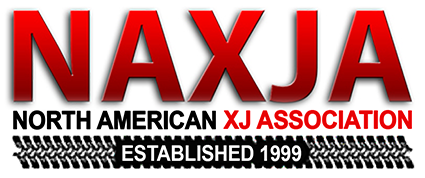It's pretty ugly out here right now. The fire is bad enough that it is creating weather systems (thunderheads) above itself, then probably raining on itself, dissapating the thunderhead, and then starting all over again. Damn good thing the wind is blowing Northeast, unless of course you happen to live in Denver.
The fire skirted the west side of the S. Platte river right on the other side of two of our favorite local trails, Hackett and Longwater Gulch. Both trails run straight down to the river from the Eastern side. If it the wind shifts and it jumps, we could lose that entire area.
Several of the national forests in Colorado are closed to all access, be it hiking, driving, frisbee golf, rednecking, whatever. The fire west of here that is taking out 500 acres an hour was started by idiots breaking the law and lighting a campfire. If the drought continues, access may stay shut down in the drier parts of the state. All of Colorado is a declared disaster area and is receiving federal aid for fire fighting. Snowpacks that usually last until mid-late July are gone in many areas.
I will suggest again that consider an alternate plan in the San Juans. The monsoon season hits that area the hardest, so even if it is mild it will be wetter there than the rest of Colorado. No guarantees, though, as a fire on a 10,000 ft. ridge is burning in the area right now. If it keeps up on this pace, all federal land in Colorado could be shut down for much of the summer.
consider an alternate plan in the San Juans. The monsoon season hits that area the hardest, so even if it is mild it will be wetter there than the rest of Colorado. No guarantees, though, as a fire on a 10,000 ft. ridge is burning in the area right now. If it keeps up on this pace, all federal land in Colorado could be shut down for much of the summer.
Nay
The fire skirted the west side of the S. Platte river right on the other side of two of our favorite local trails, Hackett and Longwater Gulch. Both trails run straight down to the river from the Eastern side. If it the wind shifts and it jumps, we could lose that entire area.
Several of the national forests in Colorado are closed to all access, be it hiking, driving, frisbee golf, rednecking, whatever. The fire west of here that is taking out 500 acres an hour was started by idiots breaking the law and lighting a campfire. If the drought continues, access may stay shut down in the drier parts of the state. All of Colorado is a declared disaster area and is receiving federal aid for fire fighting. Snowpacks that usually last until mid-late July are gone in many areas.
I will suggest again that
 consider an alternate plan in the San Juans. The monsoon season hits that area the hardest, so even if it is mild it will be wetter there than the rest of Colorado. No guarantees, though, as a fire on a 10,000 ft. ridge is burning in the area right now. If it keeps up on this pace, all federal land in Colorado could be shut down for much of the summer.
consider an alternate plan in the San Juans. The monsoon season hits that area the hardest, so even if it is mild it will be wetter there than the rest of Colorado. No guarantees, though, as a fire on a 10,000 ft. ridge is burning in the area right now. If it keeps up on this pace, all federal land in Colorado could be shut down for much of the summer. Nay
